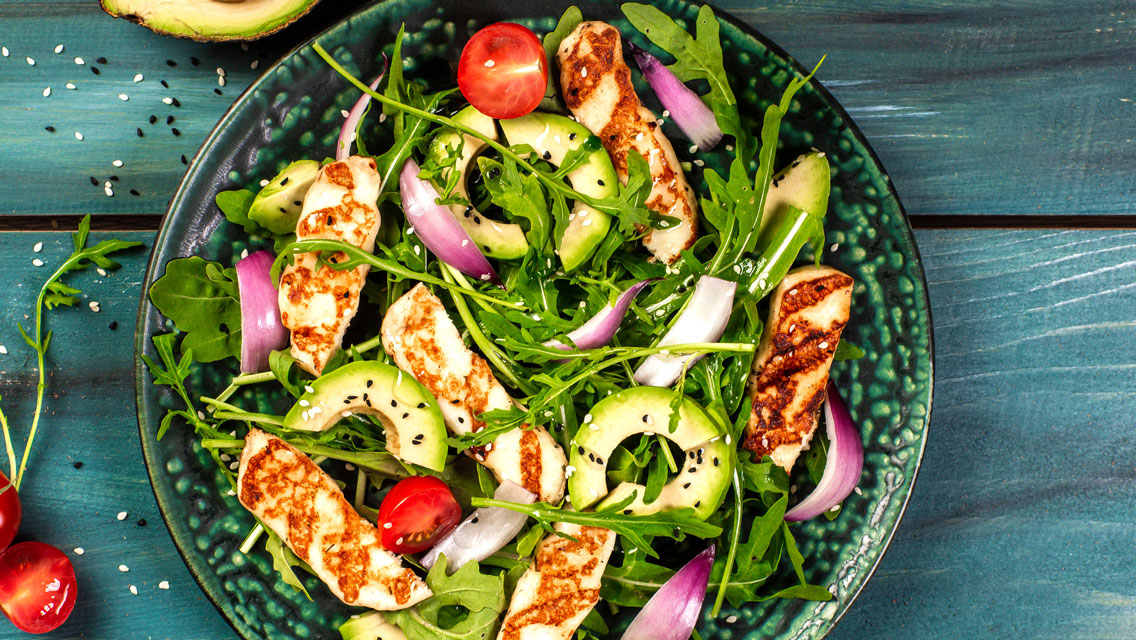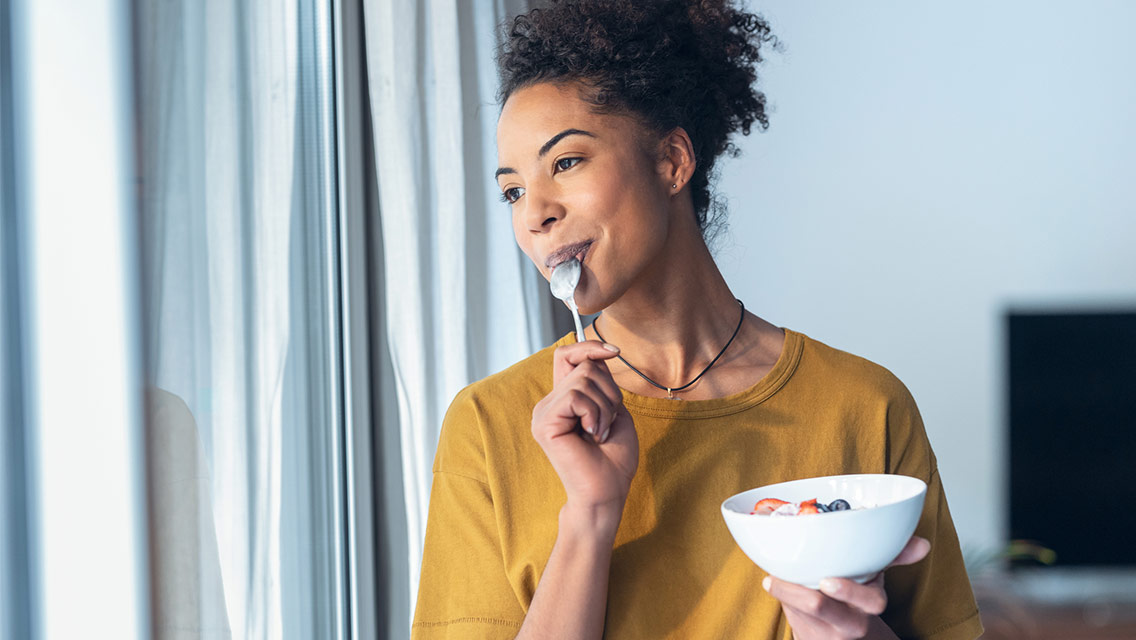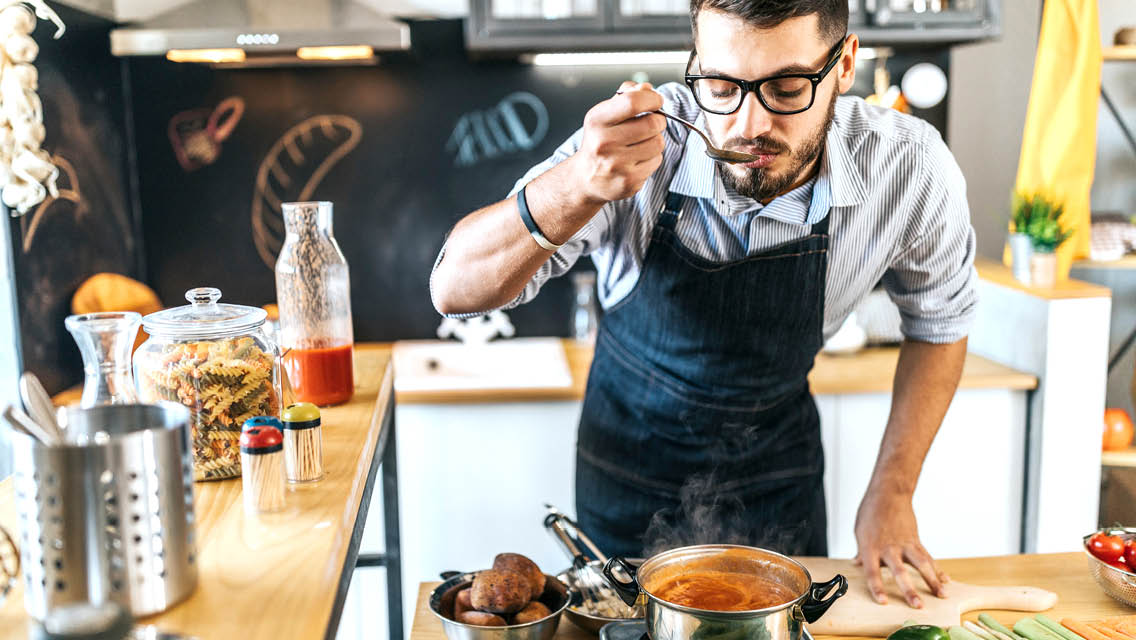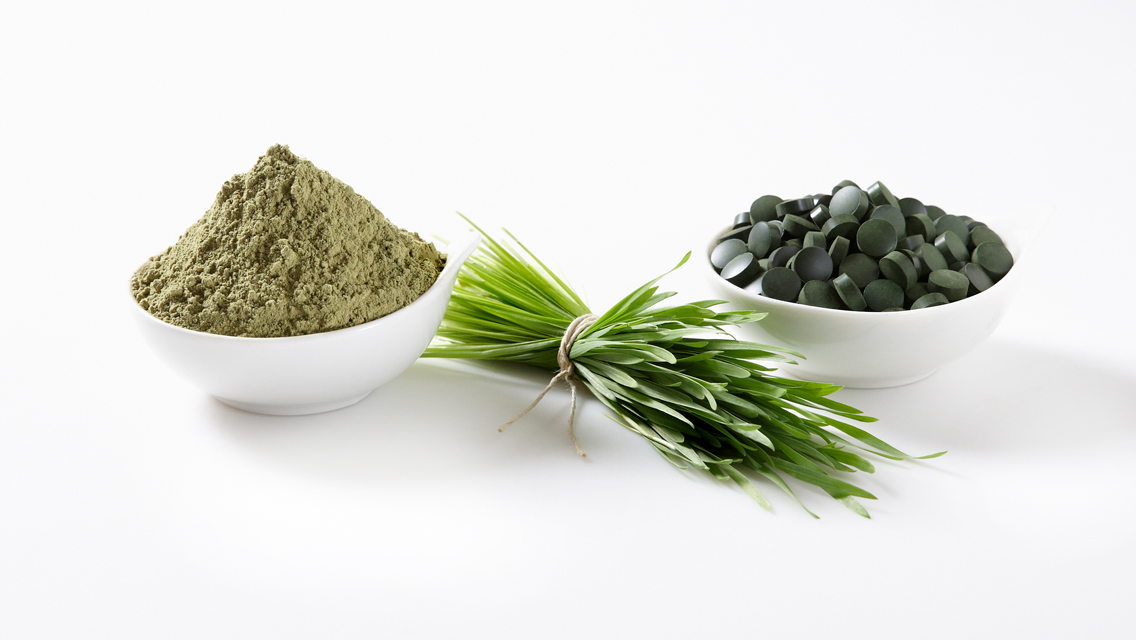From a very young age, we’re all discouraged from judging something by its looks: You can’t judge a book by its cover, beauty is only skin deep, and all that jazz. But if looks are so unimportant, why do we then have a Food Network? I mean, after all, what is food without taste, substance or scent? Um, the answer would seem to be pretty much “nothing.” After all, a picture of food will do you about as much good as a telegram about a painting. So why do so many of us stand there in front of the tube, transfixed, with our stomachs grumbling?
For the answer to this conundrum I talked to Katherine Alford, the test kitchen director for the Food Network Kitchens, a place that just might be the universal epicenter for thinking about the visual appeal of food. What I didn’t understand, Alford explained to me, is that visual appeal is more than just a pretty face: It’s what humans use, usually subconsciously, to gauge how nutritious, healthful, restorative or just plain “good” the food in question is.
“Natural visual pop is one of the things we talk about all the time behind the scenes,” Alford said to me, “with the emphasis on natural.” Basically, she said, there are two main characteristics that make food look good. First, there’s how “homemade” something looks; second, there’s color.
How to Create a Visually Appealing Home-Cooked Meal
One thing cooks at home don’t think too much about, says Alford, is the importance of showing “the evidence of cooking.” Grill marks, irregular edges — this is what we interpret as proving that our food is coming from a person, not a factory. “If a pot bubbles up, if there’s some splatter, if one part of a crust is darker than another, all of that is proof that someone made this, with love, and with real ingredients,” says Alford. “That’s a basic rule of thumb we use: The less sanitized something looks, and the more homemade, the better you’ll respond to it.”
When Alford told me this, I felt like someone explained something as basic to me as gravity: So that’s why homemade, lumpy cookies are so much cuter than a stack of Chips-A’-Cardboard from a plastic bag! That’s why those whole-grain loaves of bread from a bakery look so much better than a commercial white-bread brick! Because, subconsciously, we always know that something homemade is going to taste better, and be better for us, than something made at a factory with dough softeners and bleach.
“That’s a basic rule of thumb: The less sanitized something looks, and the more homemade, the better you’ll respond to it.”
Color is the other side to visual appeal. If you think about it, a bright yellow banana is more attractive than a pale green or spotty brown one for good reason: Bright color is nature’s way of communicating that a food is at its height of ripeness.
“Color is important from many points of view,” Alford told me. “Generally, the more color you have in your food, the more vitamins you have. There’s pasta, which is nice, but then there’s pasta with red and yellow peppers and green broccoli, and that’s fantastic. Leave the skins on your red potatoes when you mash them and that’s going to add fiber and vitamins, as well as color. Add some escarole to those potatoes, and you’ve got lots more fiber and vitamins. More color is more nutrition.”
This idea of more color equaling more nutrition is borne out in contemporary studies. The darkest green vegetables, like broccoli and kale, are top cancer fighters. The brightest red options on our shelves, canned tomato products, brim with heart-healthy, cancer-preventing lycopene. The brightest orange vegetables, like squash and carrots, burst with beta-carotene. Blueberries, wine grapes and pomegranate seeds, saturated with antioxidants and phytochemicals, are so intensely colored they’ll stain your fingers.
So, I asked Alford, if color is the key, is that why bright green springtime peas turn camouflage dull when you boil them to death? It turns out that Alford had little experience with the inner workings of mushy gray peas, but a lot of her tricks for increasing the visual appeal of food are in the Food Network Kitchens’ latest book, Making It Easy.
Using that book this past winter, I learned some quick recipes to get collard greens and sweet potatoes into a single pot, to turn pantry basics like canned tomatoes into a colorful dinner, and about a dozen ways to jazz up everyday chicken breasts — with color and, as I know now, with vitamins.
Who knew visual allure could be so healthy? Turns out that sometimes you really can judge a book by its cover. Or at least by its color.
7 Tips to Boost Color
- Add fresh berries to oatmeal, cereal, yogurt, or even sorbet to add color, flavor and antioxidants.
- Leave the skins on mashed potatoes, and add another vegetable to the mash, like scallions, escarole, squash, rutabagas or parsnips.
- Add contrasting colors to a green salad: Fennel slices, tomatoes, carrots, sunflower seeds, beets, grapefruit segments, pomegranate seeds, you name it.
- Fresh herb leaves add color, and increased fiber and vitamins: Add whole cilantro leaves to Thai or Mexican soups, use whole parsley leaves for Italian or French dishes.
- Don’t overcrowd your plate. Leave enough room so that you can appreciate the natural appeal of each item, and you’ll be limiting your portion size at the same time.
- Place your sauce underneath your entrée. It will allow you to see the beauty of the main attraction and keep you from over-saucing and drowning your food.
- Dark brown is a pretty nice color, too. Toss a few toasted nuts or seeds on top of your salad, oatmeal or yogurt for both color and heart health.
Grilled Chicken With Avocado Cucumber Salad
Chicken
- 4 chicken paillards, about 6 ounces each (see how to below)
- Extra-virgin olive oil
- 1 tsp. ground coriander
- Kosher salt
- Freshly ground black pepper
Salad
- 1 Kirby cucumber with peel, coarsely chopped
- 1 cup grape or cherry tomatoes and/or yellow pear tomatoes, halved
- 1⁄4 red onion, diced
- 1 tbs. chopped fresh tarragon
- 1 tsp. grated lemon zest (about 1⁄2 lemon)
- Freshly squeezed juice of half a lemon (1 to 2 tbs.)
- 1⁄2 tsp. kosher salt
- Pinch cayenne pepper
- 1 ripe Hass avocado
Game Plan: Make the salad while grilling the chicken.
Directions
For the chicken:
- Preheat a grill pan or heat an outdoor grill to medium-high.
- Brush the chicken paillards lightly with olive oil and season with the coriander, salt and black pepper to taste.
- Grill the chicken, in batches if necessary, to avoid crowding the pan, turning once, until cooked through, about two minutes per side.
For the salad:
- While the chicken cooks, toss the cucumber, tomatoes, onion, tarragon, lemon zest and juice, salt, and cayenne pepper in a serving bowl.
- Halve the avocado; press a knife into the pit, twist and lift out. Score the flesh with the tip of a knife, and then use a spoon to scoop it from the skins and into the salad; toss gently to combine.
- Put a paillard on each of the four plates and spoon some salad over the chicken.
How to butterfly chicken breasts for paillards:
- Turn the breast over and pull away the tenderloin.
- Flip over and slice into two halves horizontally, leaving the far edge intact. Open the breast.
- Using the flat side of your chef’s knife, pound chicken (as you would smash a garlic clove) so that it is of an even thickness. This is called a paillard.
This recipe was excerpted from Making It Easy. For more information, visit www.foodnetwork.com.
This article has been updated and originally appeared as “Feast Your Eye” in the May 2005 issue of Experience Life.





This Post Has 0 Comments